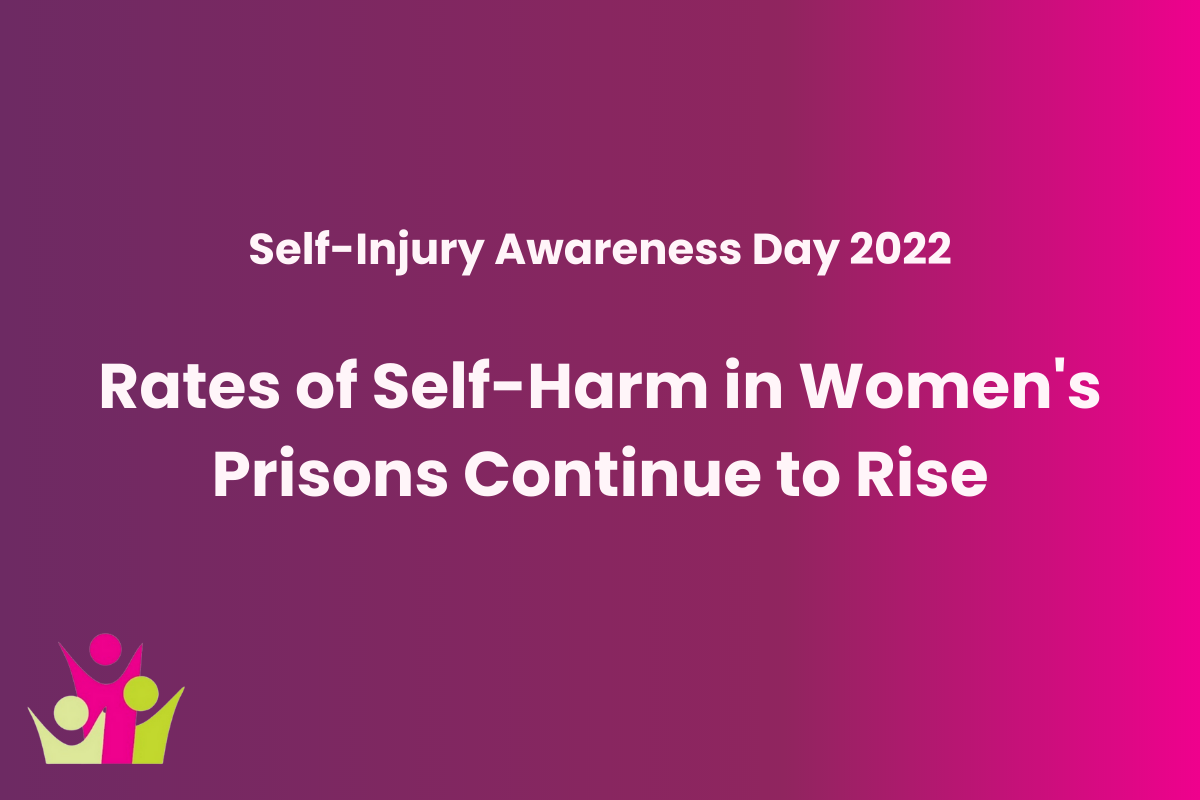The rising rate of self-injury and the recent report from HMP Foston Hall prove the self-harm crisis in women’s prisons is only getting worse.
The self-injury crisis in women’s prisons is not a recent development. It’s been long-since been established that women in prison are at significant risk of self-injury – the 2007 Corston Report, for instance, found that 16% of female prisoners self-harm, compared to 3% of men. Government reports on safety in custody consistently find that the rate of self-injury in women’s prisons are rising.
The government committed to reducing rates of self-injury in its 2018 Female Offender Strategy and, whilst the pandemic may have brought about unprecedented challenges, the findings from the most recent inspection at HMP & YOI Foston Hall in Derbyshire prove that not enough has been done.
Self-injury at Foston Hall
In early February, a report from HM Inspectorate of Prisons rated the conditions at Foston Hall as poor – the lowest possible scoring – following an inspection. It was found that there was no strategy in place to reduce self-harm or improve care for those in crisis, and 1,000 calls per month to Samaritans were being made by inmates.
The use of segregation and anti-ligature clothing – anti-rip garments designed to prevent the wearer from harming themselves – had frequently ‘become routine’ in the management of women at risk of self-injury at Foston Hall. This strategy does very little to adequately support women in crisis and address the root causes of their distress, and denies them their dignity.
Foston Hall is only one alarming example of the issue of self-injury in women’s prisons. Since the pandemic began, organisations have noted the impact on self-injury rates and the prevalence of mental ill-health in women’s prisons across the UK. Restrictions put in place to prevent the spread of COVID-19 in prisons had the knock-on effect of increasing boredom, loneliness, low-mood, and anxiety amongst female prisoners – some of whom turned to self-injury to cope. Pauses in face-to-face visits, and restrictions on physical contact when they re-started, proved difficult; some prisoners were less likely to request face-to-face visits even when they were made available, due to the distress and confusion caused to their children by the ban on physical contact.
In other cases, conflict between inmates experiencing boredom and confinement arose – minor grievances between inmates were amplified, further contributing to stress. The findings at Foston Hall found increased tension on the wings, as well as increased rates of violence targeted at both staff and other inmates.
The pandemic clearly created a perfect storm to amplify and intensify the difficulties faced by women in prison. Women in prison were already demonstrated to be at greater risk of self-injury pre-pandemic – it comes as little surprise that these conditions brought about even greater difficulties.
How do we address self-injury in women’s prisons?
It is vital that every women’s prison has a functioning strategy in place to reduce rates of self-injury, and that those who do self-injure should be overseen by appropriate teams – the Corston Report recommended, for example, that management and care of female prisoners who self-harm should be led by the NHS. Support must be available and accessible for inmates suffering with mental ill-health and those who are in crisis, and every effort should be made to ensure that prisoners receive adequate contact with others.
Above all, women in custody must be afforded their dignity. The overuse of anti-ligature clothing at Foston Hall is just one way in which women’s right to dignity and respect has been denied in recent times. Addressing self-injury in women’s prisons at its root requires a trauma-informed, dignified approach – it is not enough to simply prevent individual instances of harm.

